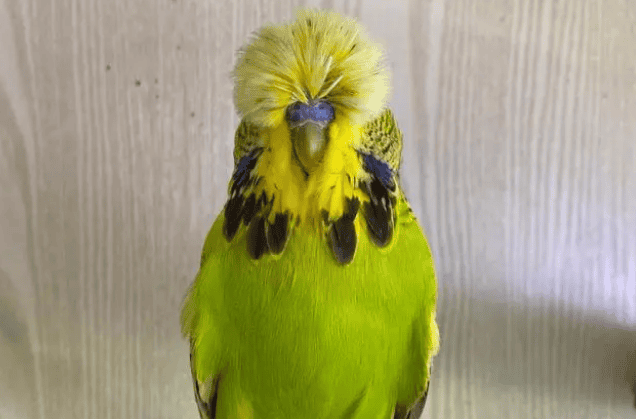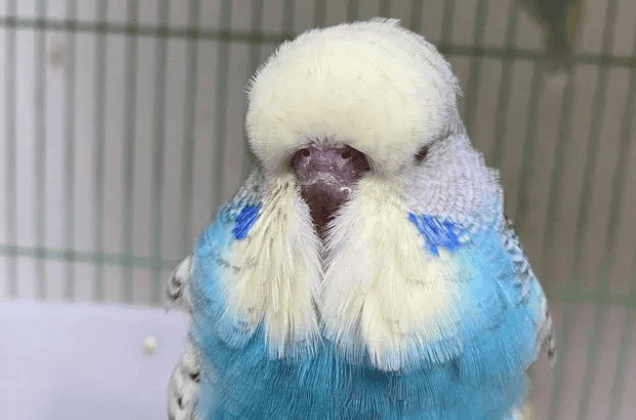When we raise budgerigars, we often hear bird friends talking about breed terms such as European blood, Taiwanese blood, and Chinese blood. In fact, from a scientific point of view, there are no subgenus of budgerigars, let alone There is no subspecies of tiger skin. The tiger cubs or big heads we hear about are budgies after all. So where do the Chinese, European and Taiwanese blood we call come from?

01
National Blood
Initially, due to the scarcity of breeding sources, domestic breeders paired up with tiger cubs that had existed in China for a long time. In this breeding process, the breed evolved and degenerated. After more than thirty years of improvement, a unique big head system in China has been formed. We call it "national blood"
02
European blood
European blood, as the name suggests, is the large-headed breed that appears in Europe. Because there are excellent breed competitions in the region every year, European blood breeds are also recognized as high-quality products. The European blood tiger has a lot of hair and a beautiful mask, which often surprises people. Diversity is what one looks for in budgie breeding.

03
Taiwan blood
Taiwan blood is the skin of a large-headed tiger bred in Taiwan. Because the area is in the subtropics, many tropical parrots breed more successfully in Taiwan. Taiwan's big-headed budgies still retain some of their fine European bloodlines. After continuous improvement in its own region, it has now formed its own system. However, the main purpose of improving European budgies is for competition, while the breeding of Taiwanese budgies focuses more on ornamental purposes, in order to better sell them to breeders.
There are currently three relatively widespread systems of big-headed budgies in our country: Chinese, European, and Taiwanese. To some extent they are all tiger skins. As for the evaluation standard of big-headed budgerigar skin, there is only one standard in the world issued by the European Big-headed Budgie Association. A good big head means a larger head, longer mask, larger spots, longer feathers, larger body, etc.
Of course, there will also be different opinions on this standard, and Chinese budgerigar lovers are also constantly working hard to establish a judgment standard of our own in the country. Everyone has different aesthetics, so the aesthetic requirements for budgerigars will also be different. If you were asked to define it, what specific characteristics do you think a good big-headed budgerigar should have?

 扫一扫微信交流
扫一扫微信交流
发布评论